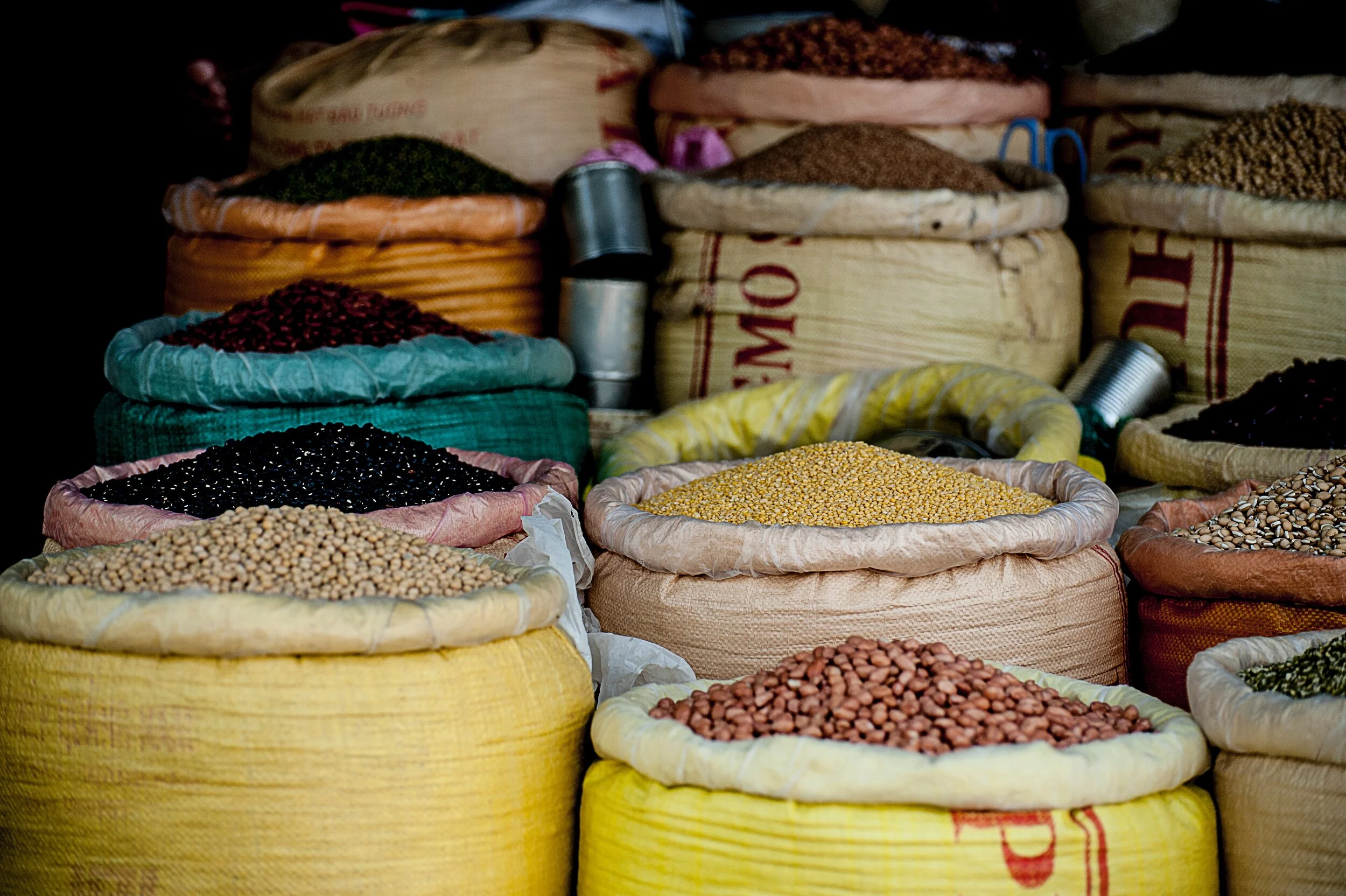In America, chickens are raised in “poultry factories” where they are crowded together without enough space to move. This breeding system prevents the birds from running, and this ensures that their meat will be tender instead of tough and stringy. Because the birds are bred in such close proximity, they have to be medicated to guard against the diseases that are a natural product of living so near one another. They also receive chemicals to speed their growth so they can go to market heavier and sooner.
The lack of movement that breeds disease and stunts growth also causes the birds to become fat. Many cuts of chicken are much fatter than people realize. The average chicken leg without the skin is 30% fat and a thigh without the skin is 46% fat. Add the skin and a cooked leg will be 46% fat! A thigh cooked with skin is 56% fat! Try boiling a chicken in a pot and see how much fat rises to the top!
As long as we’re talking about chickens, maybe I should say something about eggs. Here again, I advise that you remove them from your diet entirely. The yolks are full of fat and cholesterol. A typical egg yolk is a whopping 76% fat and contains 213 milligrams of cholesterol. Just take the yolk out of a hard-boiled egg and rub it between your fingers. You’ll feel the grease. The white of the egg doesn’t have the fat and cholesterol. Egg whites, however, not only can contain many contaminants from chicken feed, but they also can cause allergic reactions. The only part of an egg that I can say anything good about is the shell. It’s not edible, of course, but at least it has a little calcium. Just skip eggs!
Fish is another food that I advise my patients not to eat. Many fish are high in fat. I’ll give you a few examples: swordfish is 29.7% fat; shark, 30.8% fat; orange roughy, 50.4% fat; and Atlantic salmon, 40.1%. (All these fat assessments were made for fish in a raw state.) Cream-based sauces and butter sautéing can add even more fat to the fish dishes you eat! But even the lower fat fish, such as flounder (11.7% fat, cooked), halibut (18.9% fat, cooked), and sea bass (18.6%, raw), generate other health concerns.
Think about where fish live. Everything from human waste to industrial waste is poured into our rivers, lakes, and oceans. It is very difficult to find a piece of fish that hasn’t been exposed to some contamination. The risks from eating contaminated fish include gastrointestinal illness and hepatitis.
Fresh water fish when cooked may be loaded with mercury, lead, and industrial pollutants like PCBs (Poly-Chlorinated Biphenyls) which are carcinogenic. Ocean fish can be equally contaminated. A number of studies have found swordfish to contain unhealthy levels of mercury. One study showed 43% of salmon tested had significant levels of PCBs.
Another concern is the lack of mandatory inspection for fish. When Consumers Union studied samples from fish bought at retail, it found that 29% were spoiled and almost 50% were contaminated with fecal bacteria. Additional toxins were found in another 44% of the fish tested.
In 1993, pregnant women, infants, and children were advised by the national Fisheries Institute to limit their consumption of swordfish and shark to once a month. This is because the U.S. Food and Drug Administration reported finding illegal levels of methyl mercury in one out of five samples of these types of fish during a three-year review. This should tell you something!
As far as I’m concerned, fish and chicken aren’t the best choices for sources of protein. They aren’t necessarily low fat, and they post other health concerns.
Please remember…..
Be gentle as you are making dietary improvements for your family. Some families do well with a drastic and complete change and some require a more gradual approach that leads them to a very occasional indulgence of a favorite food. Find what works for your family as you walk this path to improving your health by improving your foods.
